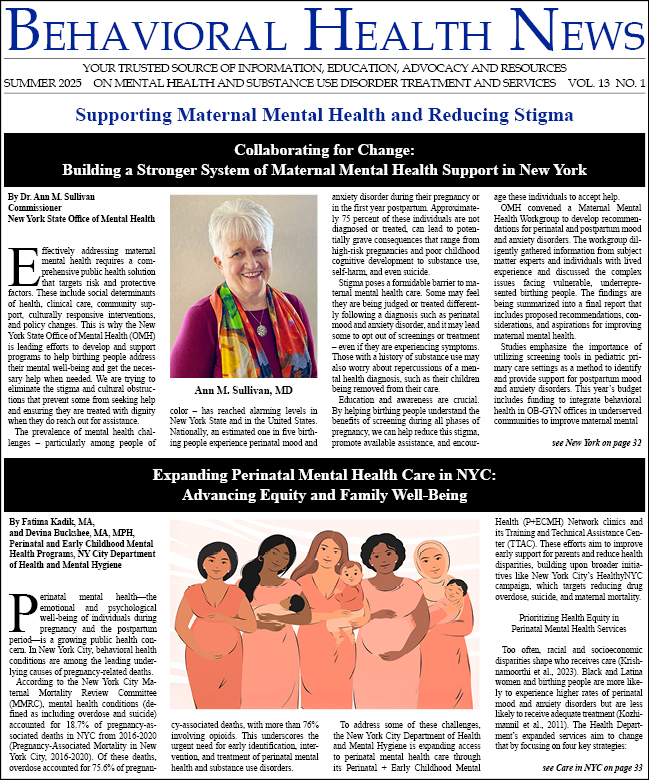Adolescence is a critical period of development, and exposure to trauma during this stage can impact mental health and behavior. Research consistently shows a strong connection between trauma and substance use among adolescents, with trauma often acting as a risk factor for developing substance use disorders (SUD). This article explores the complex relationship between trauma and adolescent substance use, highlighting key findings and potential interventions.

Trauma, such as physical or sexual abuse, domestic violence, or neglect, increases the likelihood of substance use in adolescents. Studies reveal that teens who have experienced trauma are up to three times more likely to misuse substances compared to their peers without such experiences. The intersection of trauma, post-traumatic stress disorder (PTSD), and substance use disorders (SUDs) among adolescents represents a significant public health concern. This complex interplay affects a substantial portion of the youth population, with far-reaching consequences for individual health, healthcare systems, and society in general.
The Department of Job and Family Services in the state of Ohio reports that in the National Survey of Adolescents, teens who had experienced physical or sexual abuse/assault were three times more likely to report past or current substance abuse than those without a history of trauma. In surveys of adolescents receiving treatment for substance abuse, more than 70% of patients had a history of trauma exposure.
Adolescents who experience traumatic events may develop psychological distress, including symptoms of post-traumatic stress disorder (PTSD). To cope with these challenging emotions and experiences, some teens might turn to drugs or alcohol as a form of self-medication. The self-medication hypothesis suggests that adolescents turn to substances as a way to numb emotional pain or cope with overwhelming memories. For instance, marijuana or alcohol may temporarily reduce anxiety or intrusive thoughts associated with trauma. However, this coping mechanism often exacerbates mental health issues and creates a cycle of dependency.
Bidirectional Relationship
The relationship between trauma and substance use is bidirectional. While trauma increases the risk of substance use, substance use itself can make adolescents more vulnerable to experiencing additional traumatic events. For example, drug use may lead to risky behaviors or environments where further harm is possible.
Impact of Parental Substance Use
Parental substance misuse significantly contributes to the cycle of trauma and addiction in adolescents. When parents abuse drugs or alcohol, their children are more likely to have access to these substances at home and may learn unhealthy coping mechanisms from their parent’s behavior. This environment can intensify the impact of early traumatic experiences, further increasing the likelihood of substance misuse among teens.
Research conducted by Dr. Hannah Carliner at Columbia University’s Mailman School of Public Health highlights the profound impact of various forms of childhood trauma on future substance use. Her study revealed that experiences of abuse and domestic violence in childhood were strongly linked to increased drug use during adolescence. Additionally, other traumatic events such as car accidents, natural disasters, and severe childhood illnesses were associated with a higher likelihood of teens using marijuana, cocaine, and prescription drugs. These findings show the complex relationship between childhood trauma, parental substance abuse, and the development of substance use disorders in adolescents. They emphasize the need for early intervention and support for families affected by trauma and addiction to break this cycle and promote healthier coping strategies for young people.
Long-Term Consequences
Substance use during adolescence can have long-term consequences, including addiction, mental health disorders, and difficulties in social functioning. Adolescents who have both PTSD and SUD face a higher risk of poor treatment outcomes and more frequent relapses if treatment does not address both conditions simultaneously.
Interventions and Prevention
Early intervention is necessary to break the cycle between trauma and substance use. Trauma-informed care, which addresses both the psychological effects of trauma and substance misuse, has shown promise in improving outcomes for affected adolescents. Prevention programs should focus on:
- Teaching healthy coping mechanisms.
- Providing access to counseling for trauma survivors.
- Educating families about the risks of parental substance misuse.
Additionally, integrating mental health services into schools and community programs can help identify at-risk youth early and support them before substance use becomes problematic.
Conclusion
The link between trauma and adolescent substance use emphasizes the importance of addressing childhood adversity as part of public health strategies. By targeting both trauma and its aftermath through prevention and treatment efforts, we can reduce the prevalence of substance use disorders and improve life outcomes for vulnerable adolescents.
Michiko B. Andrade is a strategic communication consultant and seasoned healthcare administrator with over 20 years in public healthcare management. She has extensive experience crafting and disseminating messages that promote intersectional approaches to health equity across public, mental, and behavioral health initiatives. Contact: consult@consultba.onmicrosoft.com
References
Assim, A., & Kaminer, D. (2024). Childhood Trauma Begets Substance Abuse Among Adolescents. Retrieved from http://www.news.uct.ac.za/article/-2024-07-08-childhood-trauma-begets-substance-abuse-among-adolescents
Carliner, H., Martins, S. S., et al. (2016). Trauma in Childhood Linked to Drug Use in Adolescence. Retrieved from https://www.publichealth.columbia.edu/news/trauma-childhood-linked-drug-use-adolescence
National Child Traumatic Stress Network (2008). Understanding the Links Between Adolescent Trauma and Substance Abuse. Retrieved from https://www.nctsn.org/sites/default/files/resources/understanding_the_links_between_adolescent_trauma_and_substance_abuse.pdf
National Child Traumatic Stress Network (n.d.). Trauma and Substance Use. Retrieved from https://www.nctsn.org/what-is-child-trauma/populations-at-risk/trauma-and-substance-use
Ohio Department of Job & Family Services (n.d.). Trauma and Adolescent Substance Use Disorder. Retrieved from https://dam.assets.ohio.gov/image/upload/jfs.ohio.gov
PMC (2016). Childhood Trauma and Illicit Drug Use in Adolescence. Retrieved from https://pmc.ncbi.nlm.nih.gov/articles/PMC4964281/
PMC (2020). Traumatic Events and Substance Use Disorders in Adolescents. Retrieved from https://pmc.ncbi.nlm.nih.gov/articles/PMC7314975/






